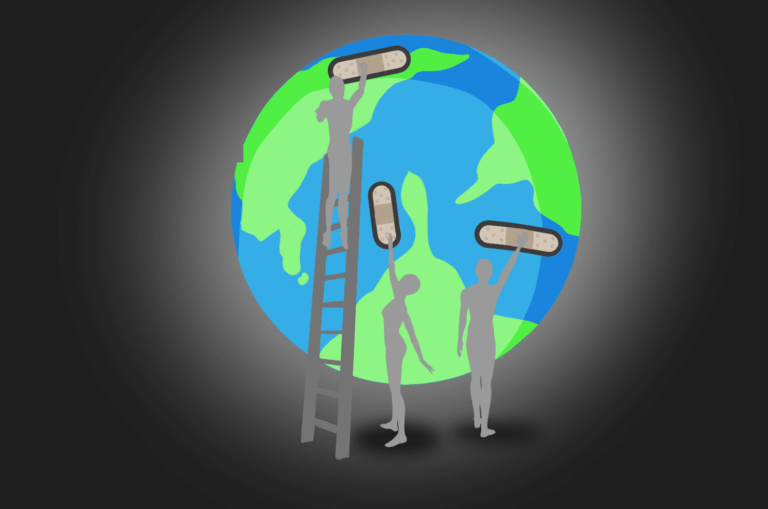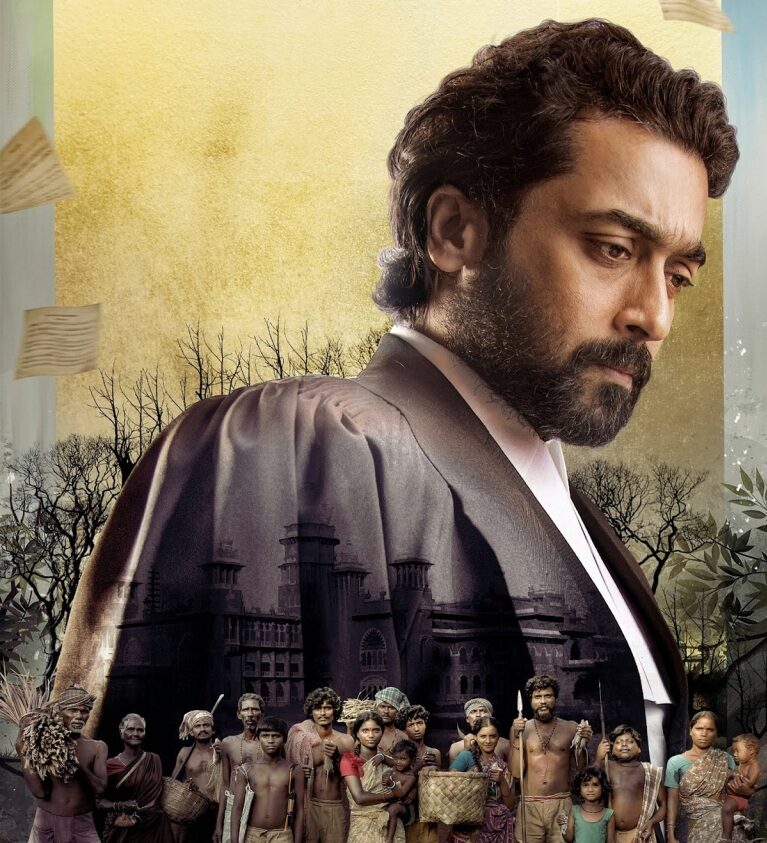Shakuntala Devi: A film about math that doesn’t add up

Margaret is a lifelong film lover who first found Indian film 20 years ago and hasn’t stopped watching since. She has a Masters in Cinema and Media Studies from DePaul University, is the author of the book “Don’t Call it Bollywood: An Introduction to the Hindi Film Universe”.
Making a biopic is always challenging for a filmmaker because there is no way to condense a life into the space of a film. The best biopics manage to find the story at the centre of a person and focus on that, inspiring the audience to go out and learn more on their own. In the case of Shakuntala Devi’s biopic released on Amazon Prime Video, the centre of Shakuntala was not her public accomplishments but rather her life as a wife and mother. And the additional flaw is that her life as a wife and mother is treated in a blatantly biased manner by excluding the most interesting aspects of it.
Every person’s life is unique, everybody has a story, and every story can be made into a film. The challenge is finding the story that speaks clearly to the filmmakers and which they, in turn, can pass on to the audience. In this case, I don’t think the filmmakers had a clear idea of the story they wanted to tell. It drifts from a discussion of Shakuntala becoming famous and successful, to her failures as a mother, to her daughter’s early married life, and then back to a mother-daughter story. There are too many ideas included, and no one idea fully resonates.
What makes it particularly frustrating is that this is a well-made film in terms of the technical aspects. The dialogues are good; individual scenes are well-handled, the editing moves along smoothly; all the ingredients are in place for a good movie. This is the third film for the writer/director Anu Menon (London Paris New York, Waiting), and she has a sure hand with it. The narrative moves between multiple timelines, but they all flow together thematically, and the visual clues of costume, set, etc. let the audience understand where we are in time. Needless to say, Vidya Balan turns in a charming central performance as Shakuntala. She creates a character who makes you smile as soon as you see her; I would have happily watched a whole movie just of Vidya playing Shakuntala joyfully talking math.
Unfortunately, this is not that movie. The choice to focus on Shakuntala as a wife and mother are not necessarily flawed, but it is a problem when the things that made her so unusual in those roles are ignored. Most importantly, the film refuses to deal with Shakuntala’s claim that her husband was a homosexual. She made this statement multiple times. She said that her discovery of her husband’s orientation inspired her to research homosexuality and publish her book “The World of the Homosexual” in 1977. Going into the film, this was the aspect I was most intrigued by and what I assumed the film would be about. But instead, this whole part of her story is dismissed. Leaving the movie with nothing particularly unusual to say about a wife and mother who chose work over family.
While the film is well-made and well-written, it is ultimately bland. The sequences of Shakuntala in her element come alive, the numbers moving onscreen, the visual of a smiling sari-clad woman discussing math like it is a game, those are unique and original. But the rest of the film, the story of a disappointed daughter fighting with her mother, I found my attention drifting. Perhaps the problem is that we are only getting one side of this story? The film is based on information provided by Anupama Banerji, Shakuntala’s daughter. Anupama was not included in her mother’s will in 2013; Shakuntala left her money and properties to an educational trust instead. Anupama sued the trust and ultimately lost the case. This legal record makes me suspect that the break between mother and daughter was never fully resolved, and perhaps that colours Anupama’s vision of their relationship and of who her mother was.
As a biopic, this film reminded me strongly of the recent movie Sanju. No doubt that is not a coincidence, Sanju was, of course, a major hit film, and therefore other filmmakers would seek to imitate it. There are stylistic similarities, the quick jumps through scenes of life, the somewhat surreal musical sequences, even the brightly coloured past sequences that make past decades look like fantasy worlds. But what was most similar was the attitude towards the story that is being told. Like Sanju, this film tells a highly edited version of a person’s life, which pretends to be the full version.
Editing is inevitable in a biopic, but the pretence to fullness is something different. Look at a film like Bhaag Milkha Bhaag. Again, this movie does not show a whole life. But it does not attempt to show a whole life; the clue is in the title, it is about Milkha Singh and his racing. Why did he run? When did he run? How did he become an athlete, and what were his successes and failures? We know he must have had more to his life, a family, friends, but the film remains tightly focused on one particular aspect from his childhood to his adulthood.
What is very different is to jump between elements of someone’s whole life and to present them as though they are the full story. In Sanju, we saw drugs, relationships, family, filmmaking, everything. But it was, in fact, a highly edited story, two wives and a child were removed, the timeline of his drug addiction and recovery was altered significantly, all of this changed, and yet the film presents it as the “real full truth” of a life.
Any biopic that uses the structure of starting with a significant moment late in life, then jumping non-chronologically between other areas of a person’s life, before returning to that original moment, is inspired by Citizen Kane. The key to Citizen Kane as a biopic is twofold. First, it was consciously fictionalized. The audience and everyone else may have been aware it was inspired by William Randolph Hearst, but Orson Welles made the decision to use a false name, to free himself from an obligation to total truth, and to tell his audience as well that this will be fictionalized (just as Mani Ratnam would choose to do in his Kane homage Ambani biopic, Guru). Second, that the central question of the film (“why was Kane’s last word ‘Rosebud'”) is never answered by the characters. A person’s life can not be fully known or understood by anyone else; we each take our secrets to the grave. It was a meta-statement on the whole concept of biography; this film itself cannot be the “true” story of Hearst because Hearst, like the fictional Kane, cannot be understood by an outsider.
This movie is written by an outsider; it is a daughter’s version of her mother’s life. Shakuntala wrote many books, gave many interviews, including biographical details. Yet her own version of her life is gone from this film. Her own voice is silenced, the version of her story that she presented when alive is removed from the film. Her childhood in a travelling circus is gone, her journey as the wife of a homosexual Indian man is gone, and her feelings towards her daughter, which lead her to leave her out of the will, are erased. There is an emptiness at the centre of this film; in the end, the story it is telling simply does not add up.
Featured Image Credits: Vidya Balan on Instagram








